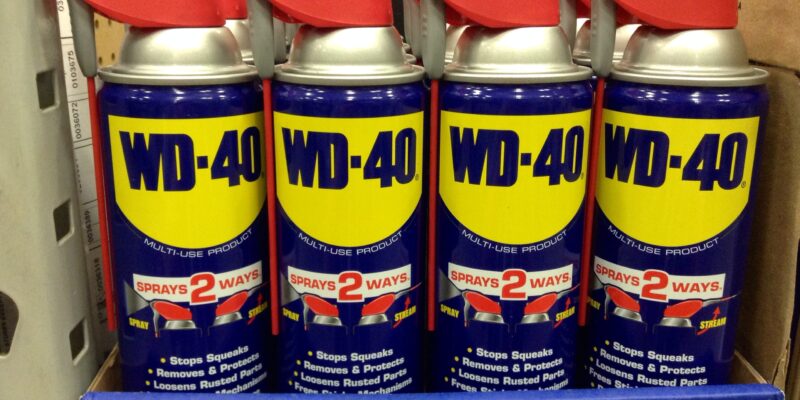Does WD-40 Clean Foggy Headlights?
Whether your vehicle has halogen, HID, or LED bulbs, over time the lenses will show discoloration. It can happen to any vehicle, at any time, and usually has a lot to do with exposure to elements. On top of that, no matter how many times you go through the car wash or pay extra for detailing, your headlamps might remain foggy if not handled properly. This is why WD-40 and other household items have become popular at-home remedies for headlight defogging.
Read on to uncover the origin of WD-40 and how it came to be an alternative for headlight restoration in the United States.
What is the purpose of WD-40?
Most Americans know WD-40 as the go-to product for removing stubborn rust or lubricating squeaky door jams. This groundbreaking product first hit shelves in 1958. Since then, it has become a beloved household item and was even used in the Vietnam war to help keep firearms in working condition. According to the WD-40 website, there are now 2,000+ uses for this product. Its multi-use is what attracts buyers nationwide, so much so that it grew in value during the COVID-19 pandemic.
Can WD-40 clean foggy headlights?
After a sweltering summer, your car might be in need of a pick-me-up. In particular, you may notice a yellowish tint or foggy appearance on your headlights that wasn’t there before. If this is the case, you’ll want to defog your headlights as soon as possible. To emphasize, your safety is at risk while driving with clouded headlights, specifically at night. All drivers know the value and function of headlights, which is why taking an initiative to keep them clean will make you a safer driver on the road.
So, where do you begin? Before taking your car to a detailing specialists and paying exorbitant prices, try using WD-40. The water-displacing spray works effectively at kicking cloudy headlights. Here are the steps to follow:
- Clean off the headlights, preferably with soap and water, before applying any product
- Shake the WD-40 before use
- Spray directly onto the headlight lens
- Gently wipe off with a clean towel

Major Drawback
The greatest drawback to WD-40 is its longevity. After each use, you may notice varying durability. Some applications could last you weeks, while others will only last a few days depending on the current state of your headlights. This disadvantage might discourage some drivers from choosing this product as their first choice for headlight restoration. Even more so, WD-40 contains ingredients that could do some harm if not cleaned off after each use.
Despite this drawback, we recommend giving it a try. The proof is there, it’s just not a long-term solution. Another option to try would be buying a professional headlight kit. There are even home remedies for defogging your headlights, which include anti-grease dish soap, vinegar, or bug spray.
Final thoughts
WD-40 is a universal lubricant that has proven its effectiveness on headlights, door jams, and rusty surfaces. While it’s become a valued household item, it’s definitely not the best option for headlight restoration. In fact, many car owners oppose using it. This is because overuse could cause oil leakage into the bulbs, thereby damaging the headlamps completely. With this in mind, try using WD-40 as your backup method. For all the times you need a quick fix to get your vehicle looking in tip-top shape.















WD-40 is a solvent. You really shouldn’t put it on plastic